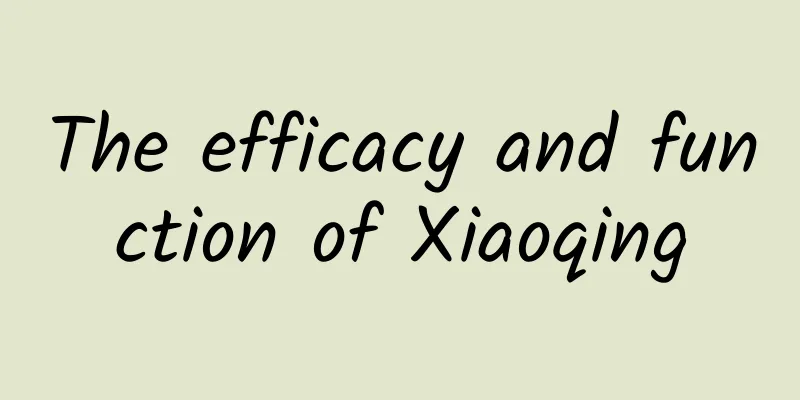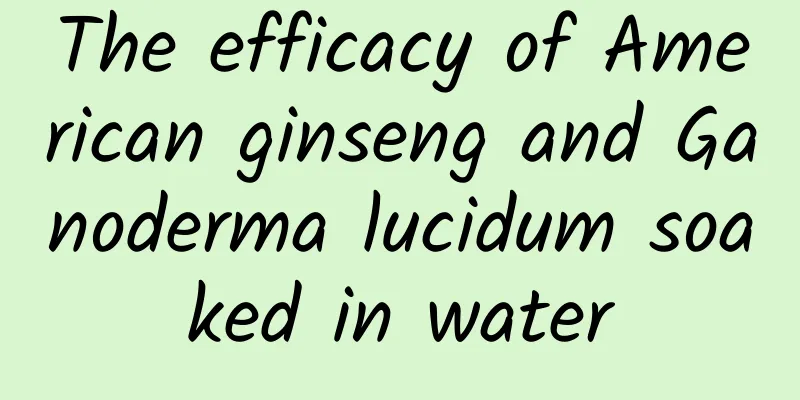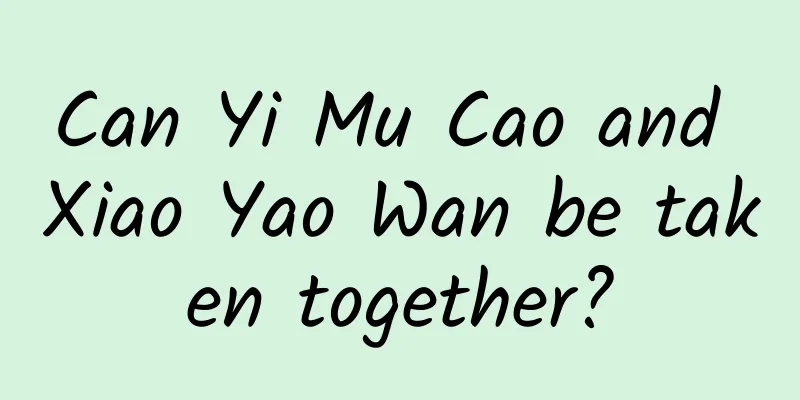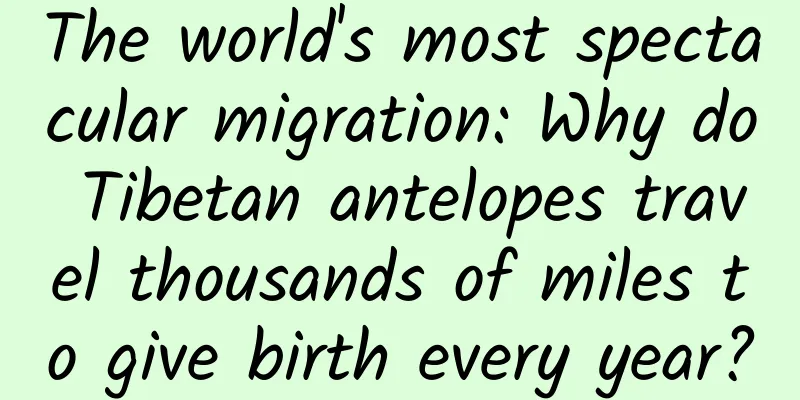The efficacy and function of Xiaoqing

|
Xiaoqing is a kind of traditional Chinese medicine. There are records of Xiaoqing in ancient Chinese medical books. Xiaoqing can treat many diseases and its effects are very comprehensive. We should make good use of it. [Other names] Red prickly vine, lamp-supported grass, five brothers, five-supported lotus, hairy green bar, dragon-slaying sword, hair cannot get out of the forest, dwarf tea, snake medicine, lion head [Source] Medicinal material source: the whole plant or leaves of the Myrsinaceae plant Jiujielong. [Original form] Dwarf subshrub, 30-50cm long. It is creeping, with creeping stems and roots at each node. The erect stem is no more than 10 cm high and is densely covered with long soft hairs when young. Leaves opposite or nearly whorled; petiole about 5mm long, hairy; leaf blade hard papery, elliptic or obovate, 2.5-6cm long, 1.5-3.5cm wide, apex acute or obtuse, base broadly cuneate or nearly rounded, margin with obvious or less obvious serrations and fine teeth, with sparse glandular dots, leaf surface covered with rough hairs, base of hairs often raised, back covered with soft hairs and long soft hairs, especially on the midrib, marginal veins not obvious. Umbel, single, lateral, covered with long stiff hairs, soft hairs or long soft hairs; pedicels about 6mm long; flowers 3-4mm long; sepals lanceolate-subulate, nearly as long as petals, covered with sparse soft hairs and long soft hairs on the outside, with glandular dots; petals white or slightly reddish, broadly ovate, with glandular dots; stamens nearly as long as petals, anthers ovate, with glandular dots on the back. The fruit is spherical, 5mm in diameter, red, and has glandular dots. The flowering period is from May to July, rarely in December, and the fruiting period is similar to the flowering period. [Habitat distribution] Ecological environment: grows under low mountain forests or in bushes. [Properties] Identification of properties: The rhizome is nearly cylindrical, 10-20cm long, 2-3mm in diameter, light brown or light tan in surface, with brown curly hairs. The texture is brittle and easy to break. The cross section is white or light brown. The leaves are nearly diamond-shaped, with brown, coarse hairs on the upper surface and soft hairs on the lower surface, especially on the midrib. The edges are coarsely serrated. Axillary umbels are sometimes seen. The smell is weak and the taste is bitter and astringent. [Chemical composition] The stems and leaves contain gallic acid, succinic acid, naringenin-6-C-glucoside, kaempferol-3-O-β-D-galactoside and saponin. [Pharmacological action] 1. Anti-tumor effect: Two saponins in Xiaoqing have been proven to have the effect of improving immune function through pharmacological experiments. It also has different degrees of inhibitory effects on the growth of mouse sarcoma S180, Ehrlich ascites carcinoma subcutaneous type (ESC), and melanoma B16, and the gallic acid it contains also has anti-tumor effects. 【Nature and flavor】 Bitter; Pungent; Neutral 【Functions and indications】 Clears away heat and dampness; promotes blood circulation and reduces swelling. It is used for rheumatic pain, jaundice, bloody diarrhea, abdominal pain, dysmenorrhea, traumatic injury, carbuncle, swelling and poison, and snake bite. [Usage and Dosage] For oral use: decocted in water, 3-9g; or soaked in wine. 【Excerpt】 Chinese Materia Medica Xiaoqing is a common Chinese medicinal material, but it is often forgotten by people. In fact, its effects and functions are beyond your imagination. As long as you are good at eating it and use the right method, I believe it will be of great help to your body. |
<<: The efficacy and function of small-leaved goldenrod
>>: The efficacy and function of small-leaved Phoenix tail grass
Recommend
One medicine cures loose stools
With the vigorous promotion of traditional Chines...
What are the contraindications of taking Lingzhi?
Although Ganoderma lucidum has a great effect, it...
Chinese Stars丨A picture will help you clarify the difference between "boat" and "boat"
How much do you know about "Shenzhou" a...
The efficacy and function of Populus tomentosa
Traditional Chinese medicine is very helpful in t...
The difference between Astragalus and Raw Astragalus
There are many Chinese herbal medicines in my cou...
What is the world's "fastest" flower found on the Qinghai-Tibet Plateau?
Compared to animals, plants usually appear in a f...
Is the mugwort cushion effective?
Mugwort cushions are effective because they can r...
Does Gastrodia elata irritate the stomach?
Gastrodia elata is a natural herb that can effect...
Tongcheng Travel: 2022 Women's Travel Report
"Her power" and "her economy"...
What efforts have scientists made to prevent your poop from sticking to the toilet?
Produced by: Science Popularization China Author:...
The difference between wild ginseng and artificial ginseng
There is an essential difference between the two ...
Good news for crybabies, because tears actually contain happy hormones!
Audit expert: Liu Dongbao Chief Physician of Opht...
Is autonomous driving equivalent to a frog driving a car? How far do smart cars have to go?
Self-driving cars are already a hot topic that ev...
We can drink cow's milk and goat's milk, so why does no one drink pig's milk?
Everyone has drunk cow's milk, goat's mil...
Don’t stay up late! Not getting enough sleep for 3 consecutive nights will reduce your immune function by half
Immunity is our A "guard" against exter...









